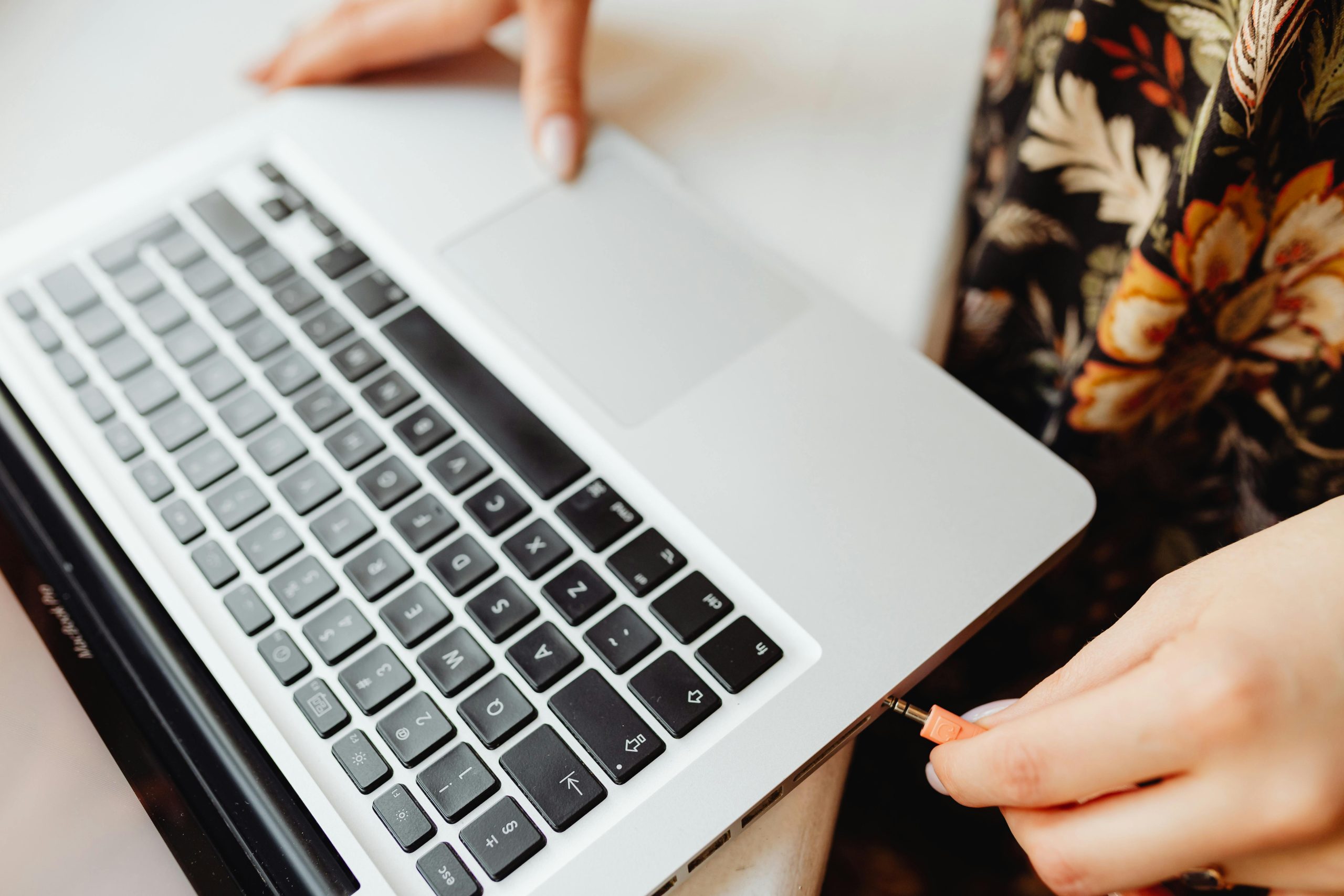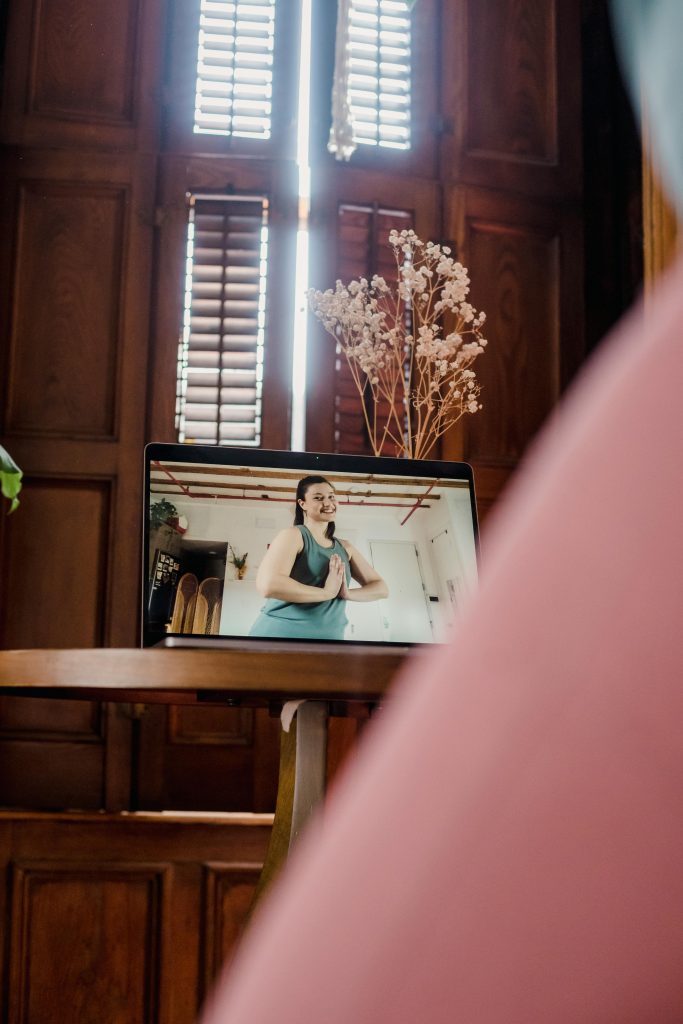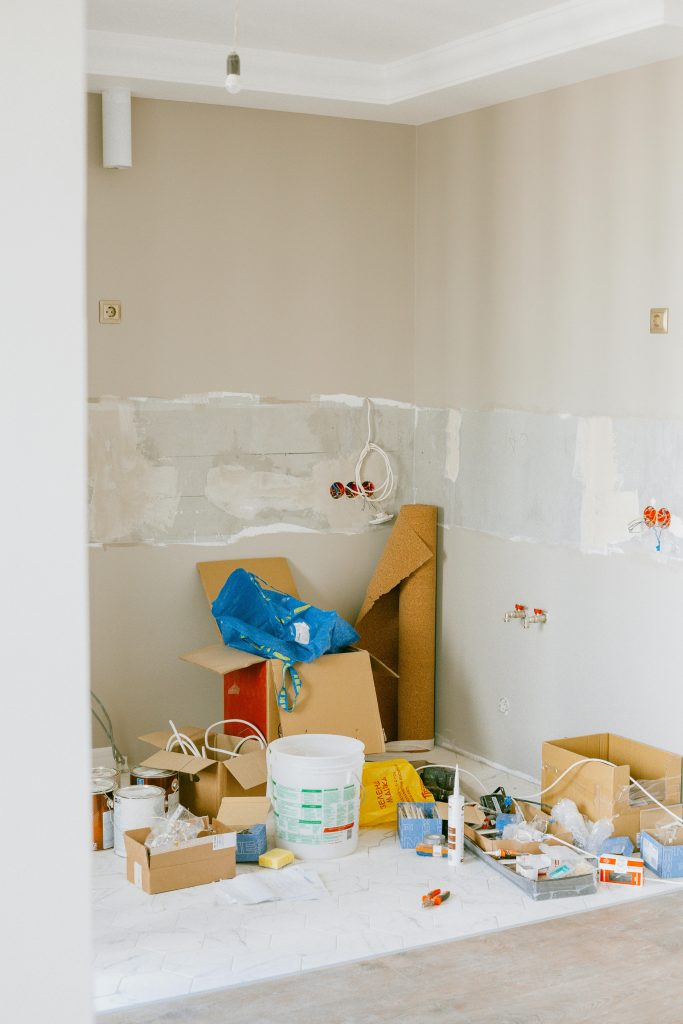Controlling an Android Device via PC Mouse Coordinates to Enable USB Debugging on a Dead Screen
Experiencing a malfunctioning or completely unresponsive Android device can be incredibly frustrating, especially when critical functionalities like USB debugging are inaccessible due to a dead display. For those facing similar issues, exploring alternative methods to control your device remotely can open up new possibilities for troubleshooting and data recovery. This article discusses a practical approach: using a PC to emulate mouse input on your Android device through precise coordinate commands, enabling you to navigate and enable essential developer options even without a functioning display.
The Challenge: Controlling an Android with a Dead Screen
Water damage, hardware failure, or accidental screen destruction can render an Android device’s display and touch functionality unusable. While the device might still be operational internally—sometimes indicated by vibrations or audible cues—the inability to see or interact with the screen makes traditional control methods ineffective. In such scenarios, enabling options like USB debugging becomes critical, especially for data extraction or repairing the device.
Traditional Methods and Limitations
The conventional approach involves physically connecting a mouse via OTG (On-The-Go) adapters to interact with the device blindly. This might allow simple actions like turning on the flashlight, but navigating through nested menus or activating developer options remains complex without visual feedback.
Alternatively, some advanced users employ ADB (Android Debug Bridge) commands to automate actions once USB debugging is enabled. However, this requires prior access or enabling debugging beforehand, which isn’t feasible if the device is initially inaccessible.
Innovative Solution: Simulating Mouse Coordinates from a PC
A promising workaround involves using a PC to send absolute coordinate inputs to the Android device, effectively controlling the cursor and executing taps at specific locations. This method involves:
- Mapping the screen coordinates precisely to match UI elements.
- Sending coordinate commands from the desktop environment, assuming the device understands and responds to such inputs.
By precisely controlling the cursor position, you can navigate through settings menus to enable USB debugging, even without visual feedback.
Tools and Approaches
Several tools and methodologies can facilitate this process:
-
Vysor or Scrcpy: While these programs provide screen mirroring, they require the device to be operational and sometimes previously configured for debugging.
-
Custom Scripts or Automation Tools: Using scripts that send specific ADB input commands (such as
input tap x y) can simulate taps at predetermined coordinates. This approach requires familiarity with the device’s UI layout and
Share this content:



